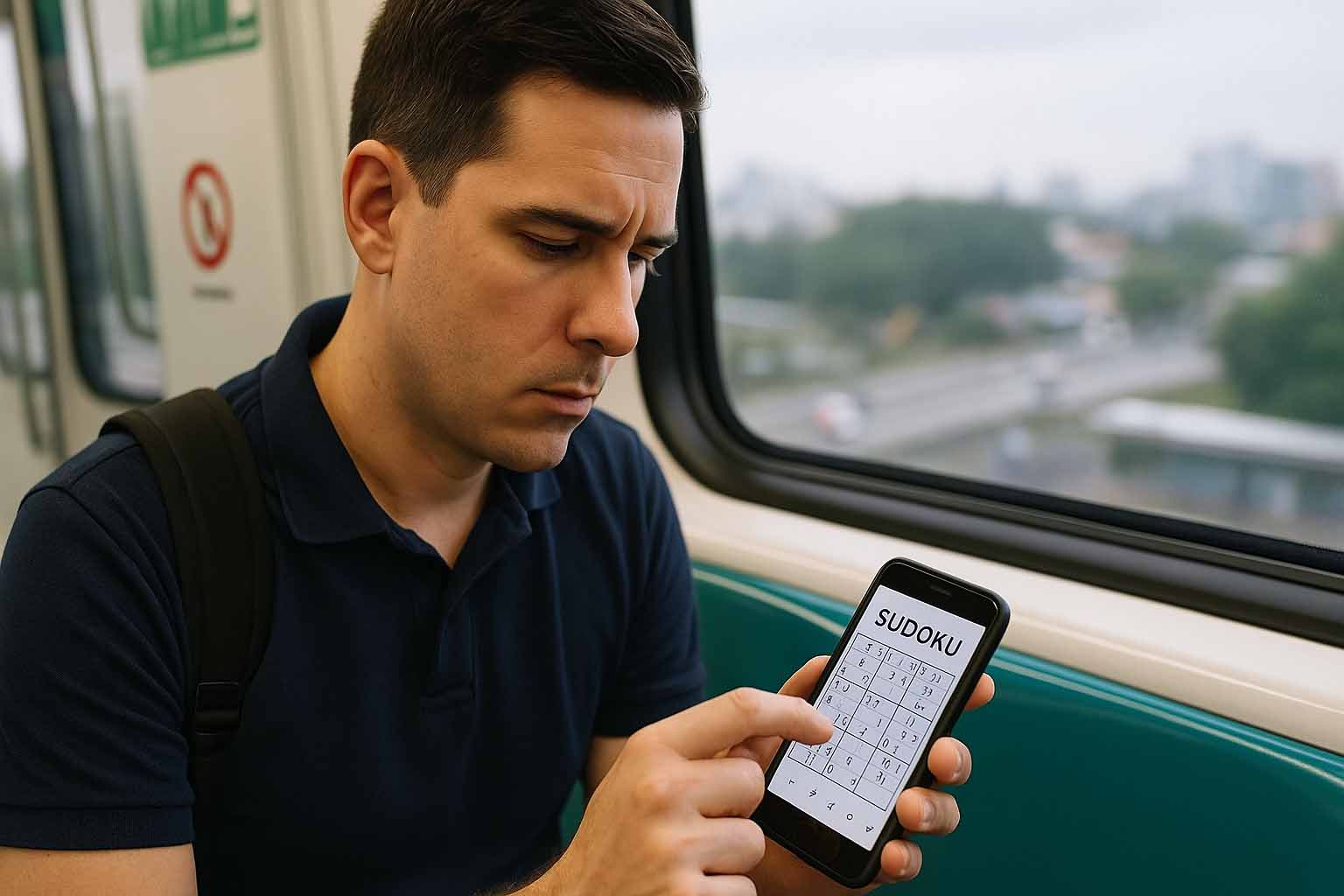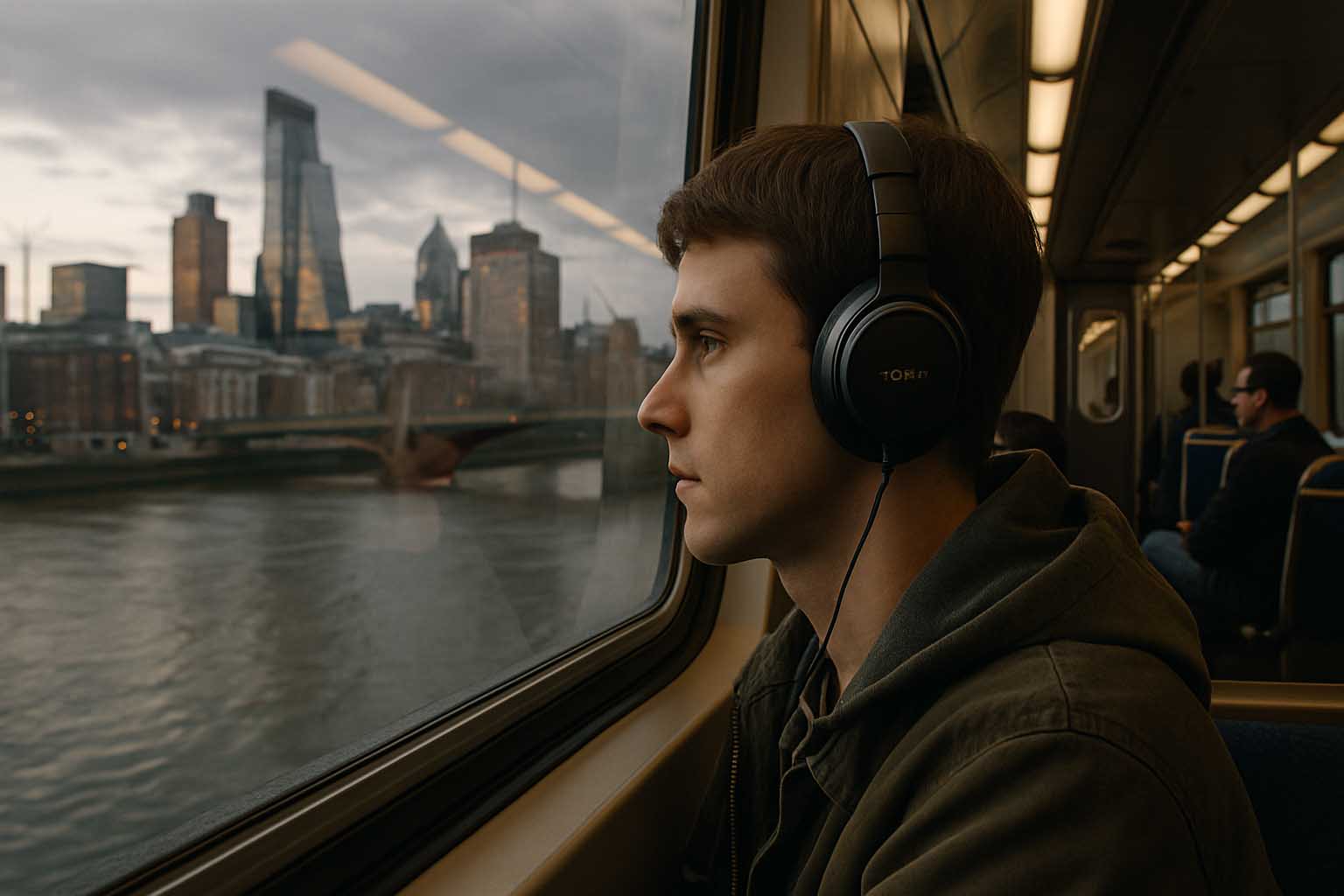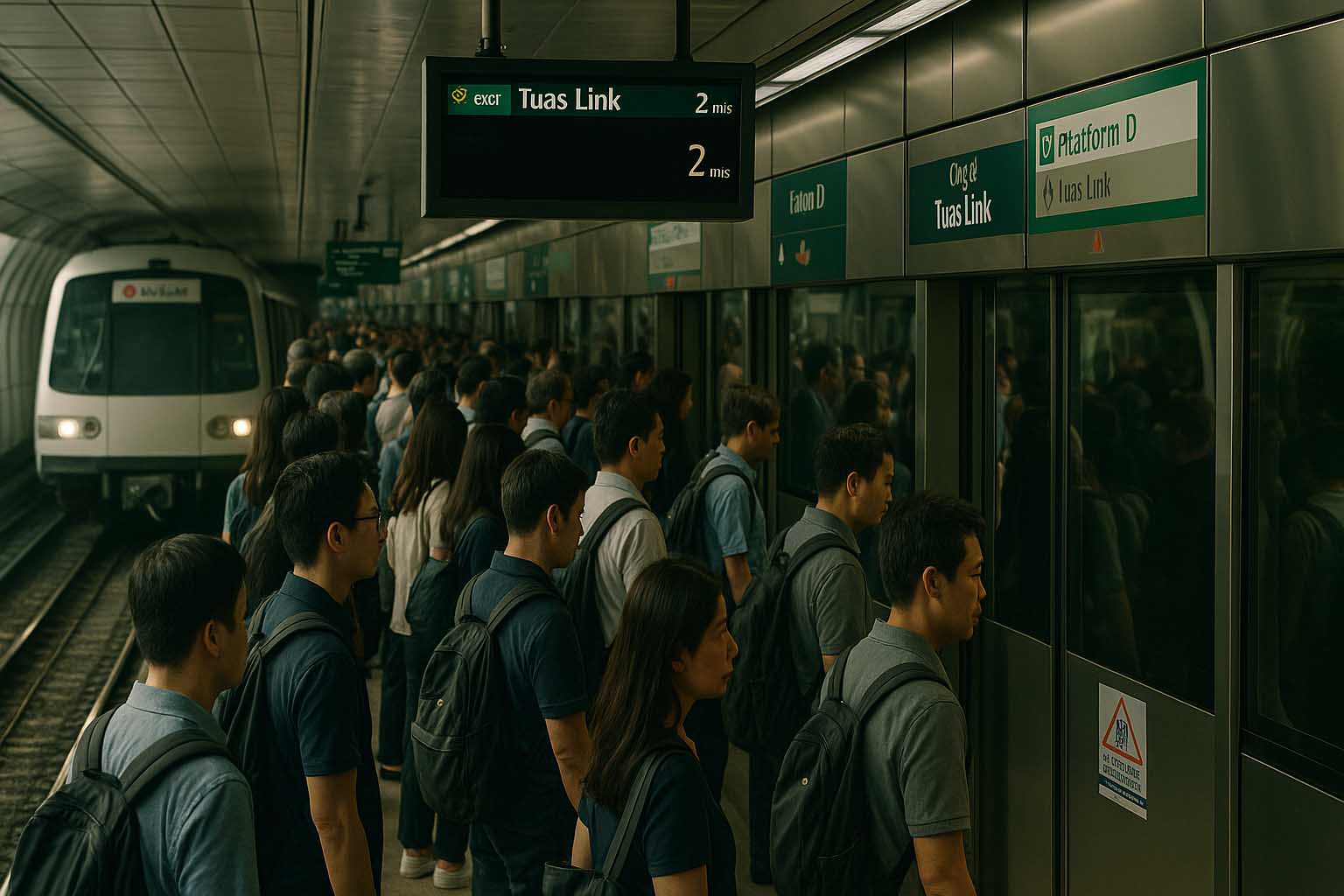Challenge Your Mind: Classic Sudoku Puzzles for a Global Audience
Time moves quickly. Most of us are glued to our phones, chasing deadlines, notifications, and scrolling through endless feeds. In the middle of all that noise, a quiet grid invites your attention: nine boxes, nine rows, nine columns that classic Sudoku, a timeless mental workout. It’s not just a way to pass the time. It’s mental exercise you can sneak into a coffee break, a short MRT ride in Singapore, or while waiting for a tram in Zurich or a train in Tokyo. It sharpens focus, logic, and patience skills that are valuable anywhere.
Quick Glance
• Explains how Classic Sudoku works and why it’s a powerful brain workout.
• Explores how it connects with focus, stress relief, and learning habits across cultures, including Singapore.
• Offers practical tips for starting, leveling up, and keeping it fun even as challenges grow.
How Sudoku Works: A Simple Rule Set for All
The rules are clear: fill the grid with numbers 1 to 9, no repeats in each row, column, or 3×3 box. No math involved just logic. The beauty lies in its balance between simplicity and challenge. At first glance, it looks easy. But as more boxes remain empty, it becomes more intense followed by a smile when the correct number clicks into place.
Once you spot the basic pattern, deeper strategies become visible: scanning, cross-hatching, and pencil marks. It’s not about sounding like an expert. Think of it like making daily decisions on what to prioritize, where the clearest clues are, and which to leave for later.
Sudoku as Mental Gym: Why It Works for High-Pressure Jobs
Digital creatives, content editors, data analysts, or even baristas handling inventory. Everyone needs sharp focus. A short Sudoku session is a mental reset. In just three or eight minutes, you solve a puzzle, center your thoughts, and return to work refreshed. In fast-paced Singapore, where industries move quickly from fintech to the arts, Sudoku is like a brief walk through Hong Lim Park: refreshing yet mentally active.
Globally, many professionals turn to low-stakes challenges to stay sharp. Not all breaks need to be passive. A few minutes of thoughtful play can reduce stress while clearing your head for better decision-making.
A Brief Look at History and Global Reach
Though popularized in Japan during the 1980s, it spread globally through newspapers in the UK and US in the early 2000s. Today, you’ll find Sudoku in app stores, coworking space newsletters, and even in-flight magazines. In Singapore, printed versions appear in libraries and community centers offering brain games for youth and seniors alike. Its rules never change, and that consistency makes it a shared language across cultures.
Game Mindset: It’s Not About Speed
New players often feel frustrated when a grid takes too long. The mindset matters: it’s not a race. It’s a dance of logic and patience. If you’re stuck, shift to a different box. If progress halts, take a break. You’ll often notice patterns more clearly when you return.
Easy-to-Follow Techniques
1. Cross-Check Rows and Columns
Look across both. If you’re missing a number in one row, check which columns already block it. A simple yet often skipped step.
2. Use Pencil Marks
Write small numbers in the corners of boxes to remember options. Once you confirm an entry, erase the rest. It may look messy at first but leads to a clean finish.
3. Spot the Single Candidate
If a box has only one valid option left, write it in. This happens frequently during early stages of a puzzle.
4. Watch for Pairs and Triples
If two boxes share the same pair of possible numbers, they’re off-limits to others in that group. The same logic applies to three-box sets.
Short Breaks, Lasting Gains
Consistent practice with Sudoku is like taking brain vitamins. You won’t see immediate results, but over time, you’ll spot patterns faster not just in puzzles, but also at work, in research, or creative tasks. You learn to break down big challenges into smaller steps with ease.
Cultural Perspectives on Sudoku
In Japan, bookstores stock it as one of many popular logic games. In Europe, it’s part of the morning routine almost as common as the crossword. In Singapore, commuters play while standing on the train. Some coworking hubs at Raffles Place even offer puzzle boards as mid-day breaks for teams. Its worldwide popularity reflects a shared human urge to solve problems.
Why Classic Sudoku Works So Well
- It trains your brain in logic-based decision making. No guessing, only observing and choosing based on what’s there.
- Easy to fit into any schedule. All you need is a piece of paper, a printout, or a phone app.
- Provides calm, purposeful relief. You’re not just distracted, you’re engaged in quiet mental activity.
Building a Habit: From Beginner to Expert
Start with Easy Grids
Many apps and websites offer levels. Begin with “Easy” or “Beginner” and only move up when ready.
Set Mini-Goals
Try five boxes per minute or finish a row before replying to an email. Progress becomes more tangible and motivating.
Try a Timer (Optional)
Not a must, but if you’re curious about improving, time yourself and note which techniques help you go faster.
Cool-Down Puzzle
After a heavy workday, solve an easier grid before leaving or catching the bus. Think of it as stretching before ending a workout.
Apps or Printables: What Works for You?
Digital versions offer hints and error tracking. But writing by hand can feel more calming. Choose what soothes you. In Singapore, many libraries offer free or affordable puzzle books. Elsewhere, weekly newsletters deliver new sets. Resources are endless. What matters is how you weave it into your daily routine.
A Quick Story: The Friend Who’s Always Busy
Meet Lina, a social media manager at a creative agency in Singapore. Her days are packed with campaigns. But every lunch, she opens her Sudoku app and finishes a grid in ten minutes. At first, it felt like wasted time. But after three weeks, she noticed patterns more quickly in data reports. Not magic. Just consistency. She reframed breaks not passive scrolls, but structured games that refreshed her attention.
Sudoku in Education: For Kids and Adults Alike
For children, it introduces structured problem-solving. For parents, it’s a gadget-free bonding activity. For teachers, it’s a smart reward after assignments. For seniors, it’s mental upkeep. Studies show cognitive activities like this support brain health over time. One puzzle in the morning and one at night is enough.
Small Wins, Big Results
Many think Sudoku needs talent. It doesn’t. Just patience and steady effort. Every completed box or finished row builds toward sharper focus and better discipline.
Balancing with Other Brain Games
Don’t rely on just one type of challenge. Mental fatigue sets in. Mix in crosswords, kakuro, or logic grids. Still, come back to Sudoku when you need fast, focused thinking.
Self-Tracking: Simple Metrics
No spreadsheet needed, but you can use one if you’d like. How many puzzles do you solve weekly? What’s your best time? Which difficulty do you master most? These small questions reveal how your brain is adapting. Writers may spot plot gaps quicker. Programmers might debug more cleanly.
Sudoku and Hybrid Work Life
In hybrid setups, coffee chats now happen on Slack. Try “team mini challenges” on Fridays. Share a screenshot of the grid and track a friendly score. No need for prizes for an emoji high-five can do. These small rituals support team spirit through thoughtful competition.
Common Hurdles and Workarounds
“I don’t have time.”
Try five-minute sessions. Even solving one box counts.
“I get confused with too many numbers.”
Use pencil marks. Don’t force yourself to memorize everything at once.
“I hate making mistakes.”
Mistakes are part of it. That’s why pencils have erasers. Correction is progress.
Minimalist Integration into Daily Life
No fancy tools needed. A small notebook filled with grids works. Or a puzzle printed beside your daily planner. If you’re digital, keep the app on your home screen. In Singapore, many cafes have quiet corners ideal spots while waiting for a meeting.
Global Sudoku Community
Online forums and Discord servers host puzzle discussions and record sharing. There are international championships and tutorial videos from all over. No language barrier, just digits 1 to 9. Try variants like killer or Samurai Sudoku, but keep the classic one in your routine.
Tips to Keep Things Fresh
Switch difficulty levels. Use new sources. Try solving without pencil marks or take on a hard puzzle across two days. Add your own rules: no hints allowed or no checking the time. These tweaks keep motivation high.
Sudoku and Mindfulness
Some use it as a mindful practice. The rules are simple, so you can focus step by step. Each finished puzzle gives a small, clear reward. It’s not about milestones. It’s about small victories that recharge you for what comes next.
Why Daily Practice Matters
Small daily steps are better than one long session. The brain, like any muscle, benefits from steady use. You don’t need to go hard every day. Just make Sudoku part of your routine even five minutes is enough. Over time, complex tasks feel less overwhelming. You stop panicking. You follow a process just like the grid.
Why Classic Sudoku Resonates with Poskod.sg Readers
Poskod.sg highlights stories of community, identity, and everyday life in and beyond Singapore. Sudoku fits into that narrative as a simple game with meaningful mental benefits. In a culture-driven publication, it earns a natural place. It may be a puzzle, but it holds value for the mind.
A Message to Beginners and Longtime Players
If you’re new, don’t rush. Choose one grid, set a ten-minute limit, and let your eyes adjust. If you’ve played for a while, maybe it’s time for speed runs, tougher variants, or teaching a friend. The key is to keep it fun.
A Short Ending: The Grid You’ll Return To
One grid. A warm cup of coffee. A quiet pause. This small ritual fits easily into the global rhythm of life. With each number you place, you build confidence in your logic and patience. And when the puzzle ends, you’re a little more ready for the next challenge at work, at home, or wherever life leads.











Leave a Reply